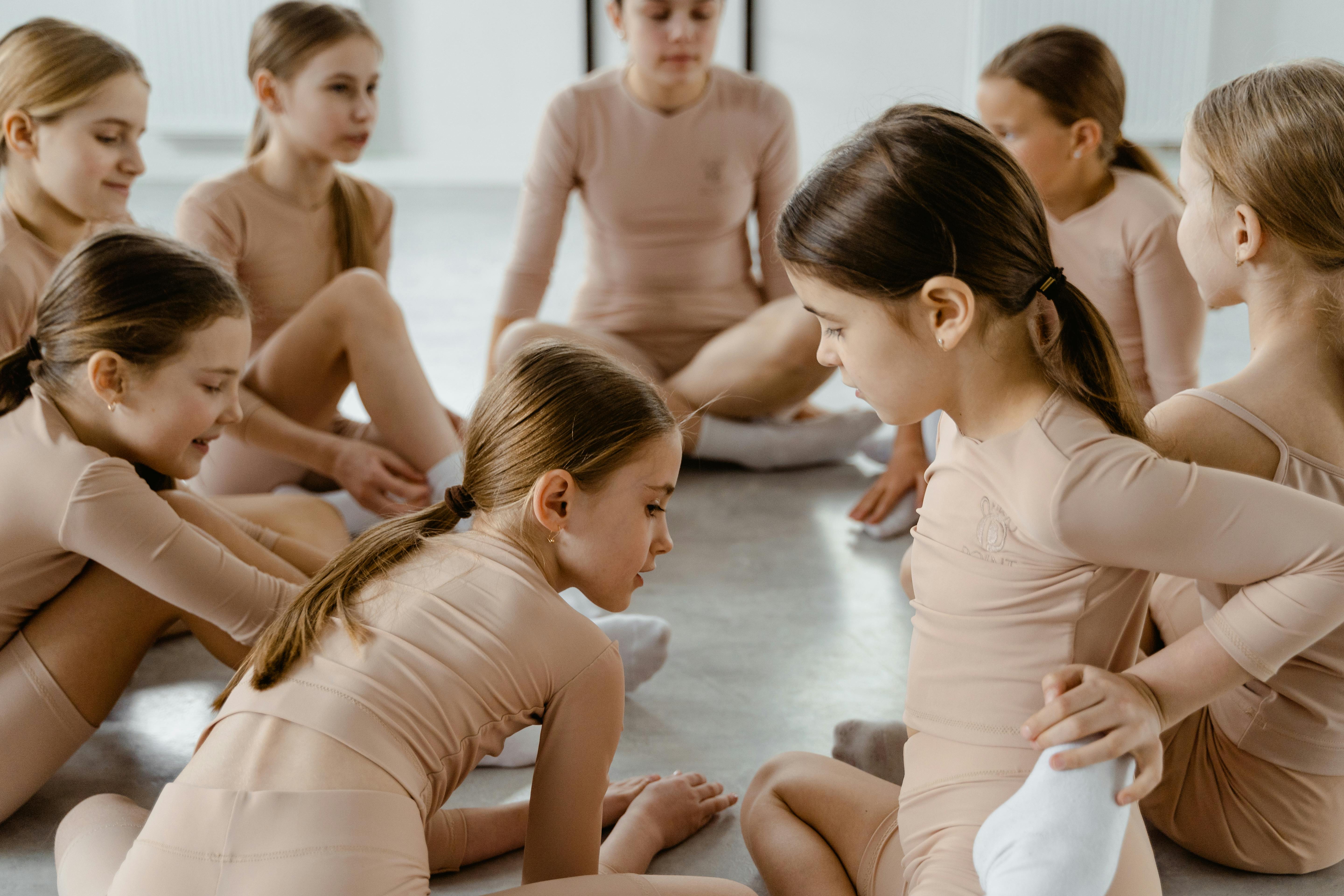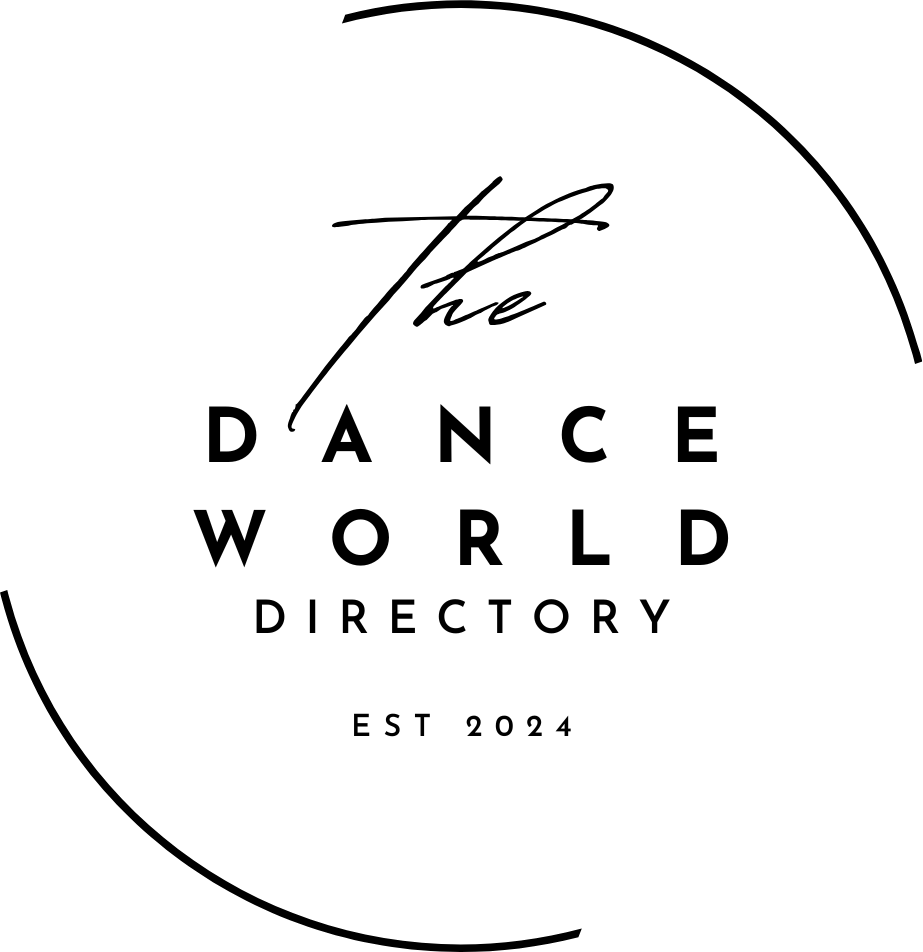The Impact of Dance on Mental Health: A Double-Edged Sword

The Impact of Dance on Mental Health: A Double-Edged Sword
Dance is an ancient art form that transcends culture, language, and time. It serves not only as a means of expression but also as a powerful tool for connection, communication, and even healing. As a passionate advocate for the arts, it’s essential to dive into the dual nature of dance and its profound effects on mental health. While it can be immensely beneficial, it’s important to recognize that it can also present challenges for some individuals.
The Positive Side of Dance
1. Emotional Expression
Dance offers a unique platform for emotional release. Whether it’s through the structured movements of ballet or the improvised flow of contemporary dance, participants can communicate feelings that might be difficult to articulate through words. This emotional expression can lead to catharsis, allowing dancers to process and release pent-up emotions.
2. Stress Reduction
Engaging in dance reduces the levels of cortisol, the stress hormone, and stimulates the production of endorphins—our brain’s natural stress relievers. The rhythmic movements and the engaging nature of dance serve as a form of exercise, which is scientifically proven to alleviate stress and promote overall well-being.
3. Social Connection
Dance can create a sense of community among participants. The act of moving together can foster connections that may help combat loneliness and create bonds between individuals. In group classes or social dance events, the shared experience of movement and rhythm cultivates friendships and support networks.
4. Boosting Confidence
Learning and mastering dance techniques can lead to increased self-esteem and confidence. As individuals progress in their skills, they often feel a sense of accomplishment, which can carry over into other areas of life.
The Potential Downsides of Dance
While dance has many positive contributions to mental health, it’s important to acknowledge that it can also have negative effects.
1. Pressure and Perfection
In competitive dance environments, the pressure to perform perfectly can lead to anxiety and a negative body image. Dancers may feel the need to conform to unrealistic standards set by society or the dance industry, which can lead to mental health struggles, including anxiety and eating disorders.
2. Physical Strain
Like any physical activity, dance carries the risk of injury. When injuries occur, they can limit participation and disrupt the routine that often contributes to mental well-being. The frustration of being unable to dance due to physical limitations can also exacerbate feelings of depression or anxiety.
3. Burnout
Dance, particularly in a demanding environment, can lead to burnout. The constant push to improve, coupled with long hours of practice, can drain a dancer’s energy and enthusiasm, ultimately affecting their mental well-being.
Finding Balance
To maximize the benefits of dance while minimizing its potential drawbacks, it’s essential for dancers and instructors to focus on balance. Here are some strategies:
– Promote a Positive Environment: Create spaces that encourage self-expression without judgment. Focus on enjoyment over competition.
– Mindful Practices: Incorporate mindfulness and body-awareness practices into dance routines. This can help dancers listen to their bodies and avoid injury.
– Open Communication: Encourage dancers to communicate about their feelings and any pressures they are experiencing. Building a culture of support can have lasting benefits.
– Take Breaks: Allowing for rest periods and downtime is crucial in preventing burnout and maintaining mental health.
In conclusion, dance is a potent force that can significantly influence our mental health in both positive and negative ways. By embracing its benefits while being mindful of its potential pitfalls, we can foster a healthier relationship with this powerful art form. Whether you’re a seasoned dancer or a curious beginner, there’s room to grow, express, and heal through movement. If you’d like to share your experiences or discuss the impacts of dance on mental health, feel free to reach out. Dance, after all, is a journey best traveled together.
The Dance World Directory

